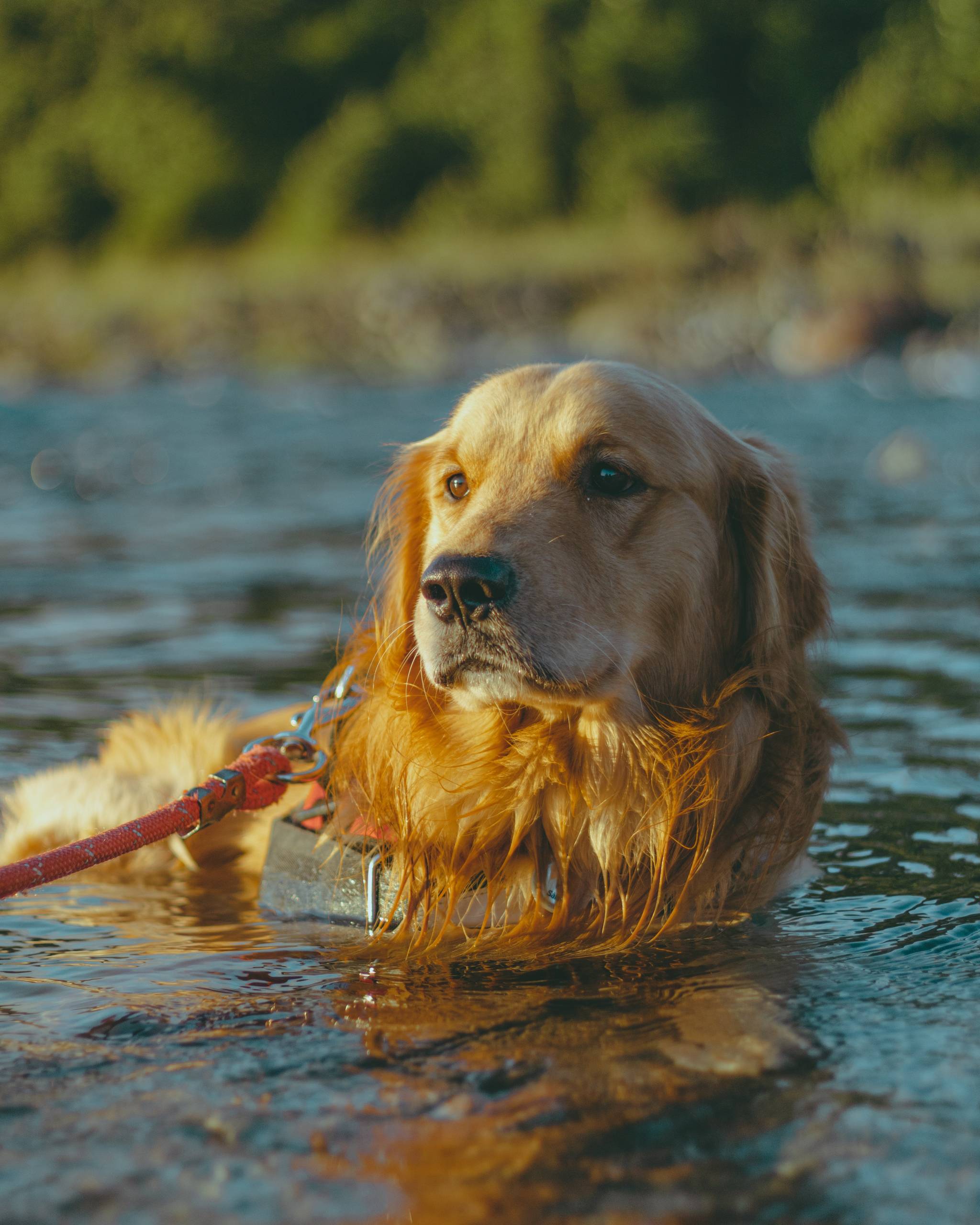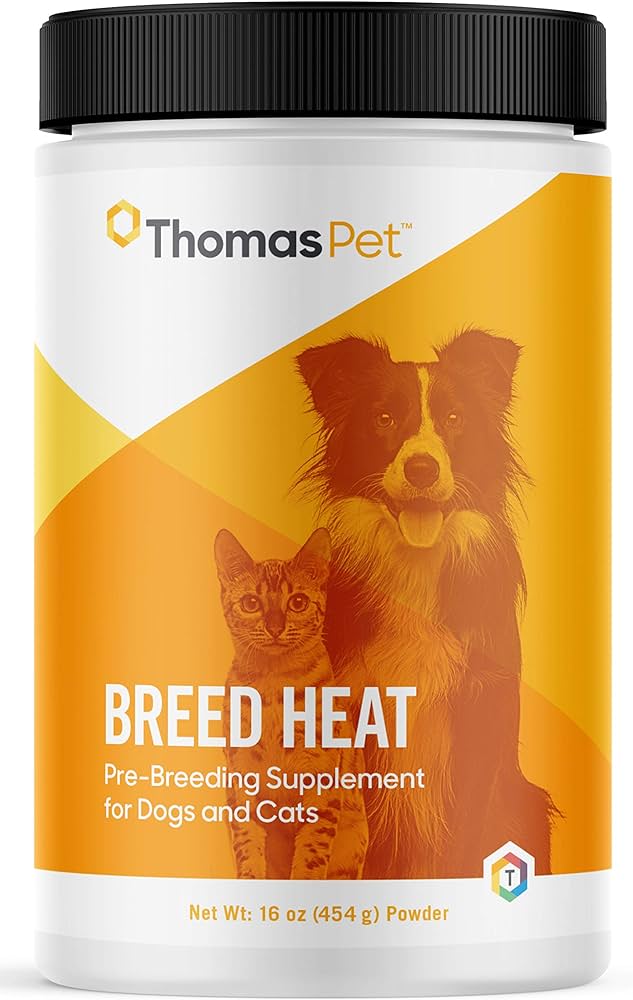The four stages of a dog in heat are proestrus, estrus, diestrus, and anestrus. Proestrus marks the beginning of the heat cycle, characterized by vaginal bleeding and swelling.
During estrus, the dog is receptive to mating. Diestrus is the stage following estrus, and anestrus is a period of inactivity between heat cycles. Understanding these stages is essential for managing a dog’s reproductive health and behavior. It is imperative to be aware of the signs and symptoms exhibited by a dog in heat to ensure their care and well-being.
We will delve deeper into each stage of a dog’s heat cycle, providing insights and tips for dog owners and breeders. Understanding the heat cycle is crucial for ensuring the health and well-being of a dog, as well as for responsible breeding practices.
Unveiling A Dog’s Heat: Understanding Reproductive Cycles
The 4 Stages of a Dog in Heat are important to understand for dog owners and breeders. The canine estrous cycle consists of four stages: proestrus, estrus, diestrus, and anestrus. During proestrus, the female dog begins to attract males but is not ready to mate. Estrus is the peak fertility stage, and it’s when mating occurs. Diestrus is the period following estrus, and the female may show signs of pregnancy even if not pregnant. Anestrus is the final stage, a time of sexual inactivity. Monitoring a dog’s behavior and health during each stage is critical for the well-being of the dog and for successful breeding efforts.
Signs Your Dog Is Entering Heat
Behavioral changes to observe: Keep an eye out for increased agitation or nervousness in your dog. Some dogs may also display heightened affection or restlessness. They might also exhibit mounting behavior or attract more attention from male dogs.
Physical symptoms indicating the start of heat: Look for swelling and discharge in the vulva area, as well as a change in the color of the discharge. Additionally, you may notice a change in the dog’s demeanor and an increase in urination frequency.
Proestrus: Heat’s Beginning Stage
The proestrus stage is the beginning of a dog’s heat cycle and typically lasts for about 9 days. During this phase, visible signs include swelling of the vulva, a bloody discharge, and a change in behavior. Female dogs may also show an increased interest in male dogs but are not yet receptive to mating. It’s important to monitor your dog closely during this time to prevent unwanted pregnancies. Keep her away from male dogs to avoid any interaction that could lead to mating.
Estrus: Peak Fertility Unfolds
During the transition to estrus, your dog’s behavior may change significantly. This phase marks the peak fertility period, and it’s crucial to be able to identify the signs. Dogs typically show increased interest in male dogs and might exhibit more affectionate behavior. The duration of fertility in this phase is around 5-9 days, but it can vary among individual dogs. Paying close attention to these changes can help you determine the best course of action for managing your dog during this important stage of their reproductive cycle.
Diestrus: Winding Down From Heat
The shift from estrus to diestrus occurs as the heat cycle of a female dog comes to an end. During this stage, physical and behavioral indicators become more subdued, marking the decline in fertility. Some signs indicating diestrus include a decrease in estrus-related behavior, such as restlessness, urination frequency, and receptivity to males. Additionally, the vulva returns to its normal size. The hormonal changes during diestrus prepare the uterus for pregnancy or the return to the non-pregnant state. Understanding diestrus is crucial for breeders and dog owners to manage mating and reproductive health.
Anestrus: A Period Of Rest
During the anestrus stage, female dogs undergo a period of inactivity in their reproductive cycle. This phase can last for several months, during which the dog’s reproductive system is at rest. Understanding this resting stage is crucial for dog owners to anticipate the duration until the next cycle and provide appropriate care tips during this time.
Monitoring And Managing The Heat Cycle
The heat cycle of a dog consists of four stages: proestrus, estrus, diestrus, and anestrus. It is crucial to monitor and manage each stage to ensure the well-being of your dog. During proestrus, physical and behavioral changes can be observed, indicating the start of the heat cycle. Understanding the importance of tracking each stage allows for effective planning and care. Coping strategies for both the dog and the owner are essential to navigate through the cycle. This includes providing a comfortable environment for the dog and practicing patience during this period. Seeking professional advice becomes necessary if irregularities occur in the heat cycle. Veterinarians can offer guidance and medical intervention if required, ensuring the dog’s health and comfort.
Health Tips During Canine Heat Stages
During your dog’s heat cycle, it’s crucial to pay attention to nutritional needs and diet adjustments. Increase the amount of food to meet the higher energy demands of the heat cycle. Additionally, consider adding supplements to support your dog’s overall health during this time.
Provide appropriate exercise guidelines for each stage of the heat cycle. Ensure that your dog gets regular exercise, but monitor and adjust the intensity as needed, especially during the estrus stage. Gentle activities like walking can be beneficial.
It’s important to know when to visit a veterinarian during your dog’s heat cycle. Look out for any signs of discomfort, abnormal bleeding, or unusual behavior, and consult your vet promptly to address any concerns.
Breeding Considerations And Timing
Breeding Considerations and Timing |

Credit: dogo.app
Frequently Asked Questions On What Are The 4 Stages Of A Dog In Heat
What Are The Signs That A Dog Is In Heat?
When a dog is in heat, you may notice swelling of the vulva, change in behavior, increased urination, and attraction to male dogs. It’s essential to observe these signs and take necessary precautions to prevent unplanned breeding.
How Long Does A Dog Stay In Heat?
The heat cycle in dogs typically lasts for about 2 to 4 weeks. The actual duration can vary depending on the breed and size of the dog. It’s crucial to monitor your dog closely during this time to prevent unwanted pregnancy.
Can A Spayed Dog Still Go Into Heat?
In some cases, a spayed dog may still show signs of heat due to incomplete removal of ovarian tissue during the spaying process. This condition, known as ovarian remnant syndrome, requires veterinary attention to prevent potential health issues.
Conclusion
Understanding the 4 stages of a dog in heat is crucial for every dog owner. By recognizing the signs of proestrus, estrus, diestrus, and anestrus, you can better care for your furry friend. It’s important to closely monitor your dog’s behavior and seek professional advice if needed.
Proper knowledge and care will ensure a healthy and happy life for your pet.



